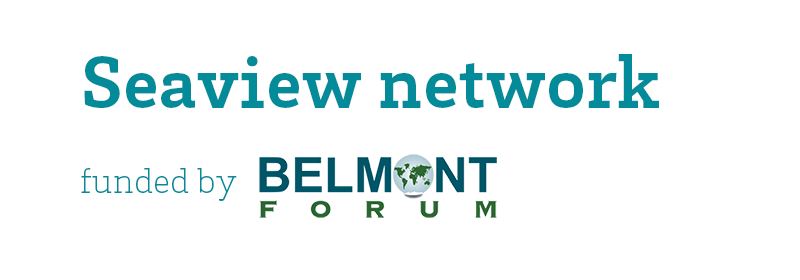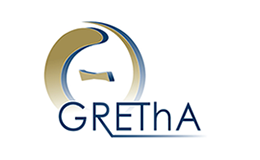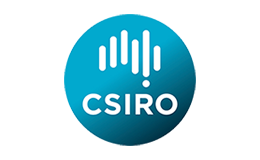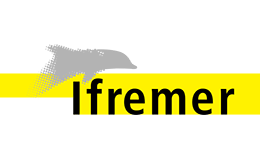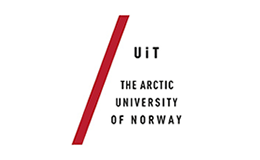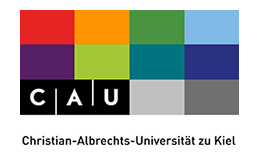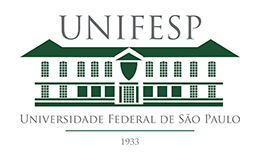Results
The results of numerical optimization show the effects of changes in the unit value of biodiversity, v, on the optimal steady state stocks of cod, sprat, and herring as well as on the optimal profits of the three fisheries and on optimal biodiversity levels.

Main Effects of Stock Changes on Biodiversity
a change in the steady state stock of one species has two main effects on biodiversity .
- the stock or abundance effect: Increasing overall abundance, in terms of biomass or numbers, ceteris paribus increases biodiversity.
- the diversity or scarcity effect: If the stock of a scarce species increases, this increases the evenness of stock sizes in the ecosystem, which ceteris paribus increases biodiversity. If the stock of a relatively abundant species increases, however, the evenness of the stock sizes in the ecosystem is reduced, which ceteris paribus decreases biodiversity.
Here the relatively scarce predator species cod influences the biodiversity of the ecosystem. There is a positive scarcity or diversity effect: increasing cod stocks is positive for biodiversity as it increases the evenness of the species distribution. There is a negative effect on the stocks of the prey species: an increase in the cod stock leads to decreasing stocks of sprat and herring. If this leads to a reduction of total stock biomass or number of individuals, this tends to reduce the biodiversity index.
Effects on Optimal Steady State Stocks
Results of a change in the unit value of biodiversity, v, for a relatively large elasticity of substitution,
ω=2.
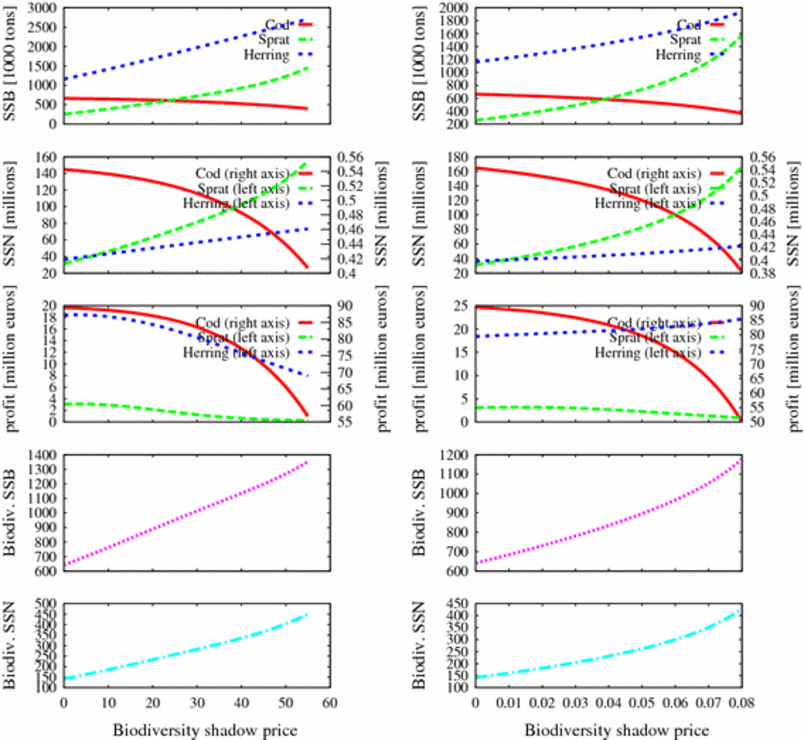
The optimal stocks of the prey species (S, H) increase with v while the optimal stock of the predator species (C) decreases with v. This holds for optimal stocks measured in biomass (first row) and for optimal stocks measured in numbers (second row). The species interaction makes a qualitative difference compared to an ecosystem with ecologically independent species.
The results for ω=2 are quite similar when comparing whether the objective is to maximize biodiversity in terms of biomass (left panel ) or in terms of numbers (right panel ). With abundances measured in terms of numbers, the stock size of cod is about two orders of magnitude smaller than the stock sizes of sprat and herring, while with biomasses as abundance measures the difference is much smaller. The relatively large elasticity of substitution, however, implies that an even distribution of species abundances is relatively less important than the absolute aggregate biomass or number of individuals such that the main aim is to increase overall abundances.
Results for a relatively low elasticity of substitution,
ω=0.5.

The evenness of species abundances plays a relatively large role. The figure shows that this leads to interesting differences in the effect of a change in v on optimal stocks between the objective to maximize biodiversity in terms of biomass and in terms of numbers. For the biodiversity objective measured in terms of numbers, the optimal stock of cod now increases while the optimal stock of sprat first increases and then decreases with v. The reason is that cod is particularly scarce when abundance is measured in numbers of individuals. This scarcity effect dominates the overall abundance effect such that the cod stock increases with v, although this causes increased predation on the more numerous sprat and herring stocks.
Effects on Optimal Levels of Biodiversity
For ω=2, we observe the expected effect that biodiversity levels increase with v.
For ω=0.5, in contrast, we find a trade-off between the two types of biodiversity measures for large values of v. The biodiversity index in terms of biomass unambiguously increases with v. If we measure the biodiversity outcome in terms of numbers of individuals, however, we observe a decline in biodiversity when the unit value of biodiversity increases beyond a level of about 20 euros per ton of spawning stock biomass. We find the reverse pattern for unit values of biodiversity beyond about 100 euros per million fish:
While the biodiversity index in terms of numbers continues to slightly increase with v, biodiversity measured in terms of biomass decreases with the unit value of (number) biodiversity.
The reason for this trade-off is that in terms of biomass the unevenness between the three stock sizes is by far not as pronounced as in terms of numbers of individual fish. Thus, when caring for biodiversity in terms of biomass, the desire for an overall larger abundance of fish dominates the desire for evenness, and one tends to slightly decrease the cod stock in order to build up the other two stocks.
Measuring biodiversity in terms of numbers, however, implies that the unevenness increases so strongly that the biodiversity index decreases despite an overall increasing abundance of fish. This effect is reversed if the fishery manager cares for biodiversity measured in terms of numbers of individual fish , which in this case leads to a decrease in the biomass-biodiversity index when the unit value of biodiversity in numbers increases beyond a certain value.
Effects on Optimal Profits
The effects of v on fishing profit are mostly negative, and aggregate profits always fall with the introduction of biodiversity values. Increasing the unit value of biodiversity, v, has this negative effect on profits because harvested amounts of fish go down in order to increase the standing stocks.
